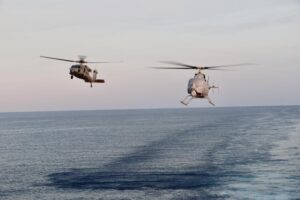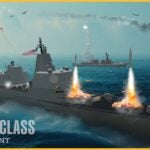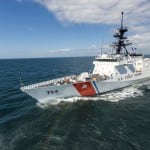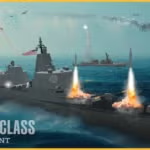
The USS Jackson (LCS-6) Independence-variant Littoral Combat Ship conducted over two dozen flight hours with the MQ-8C Fire Scout unmanned aerial vehicle during a recent deployment in the Western Pacific region, including significant manned-unmanned teaming (MUM-T). LCS-6 returned to its homeport of San Diego on Oct. 15 following its first deployment that started July 11, 2021. While at sea, the ship conducted patrols throughout Oceania and the South China Sea. Ship and fleet leaders boasted that the Jackson’s work with…

 By
By 











